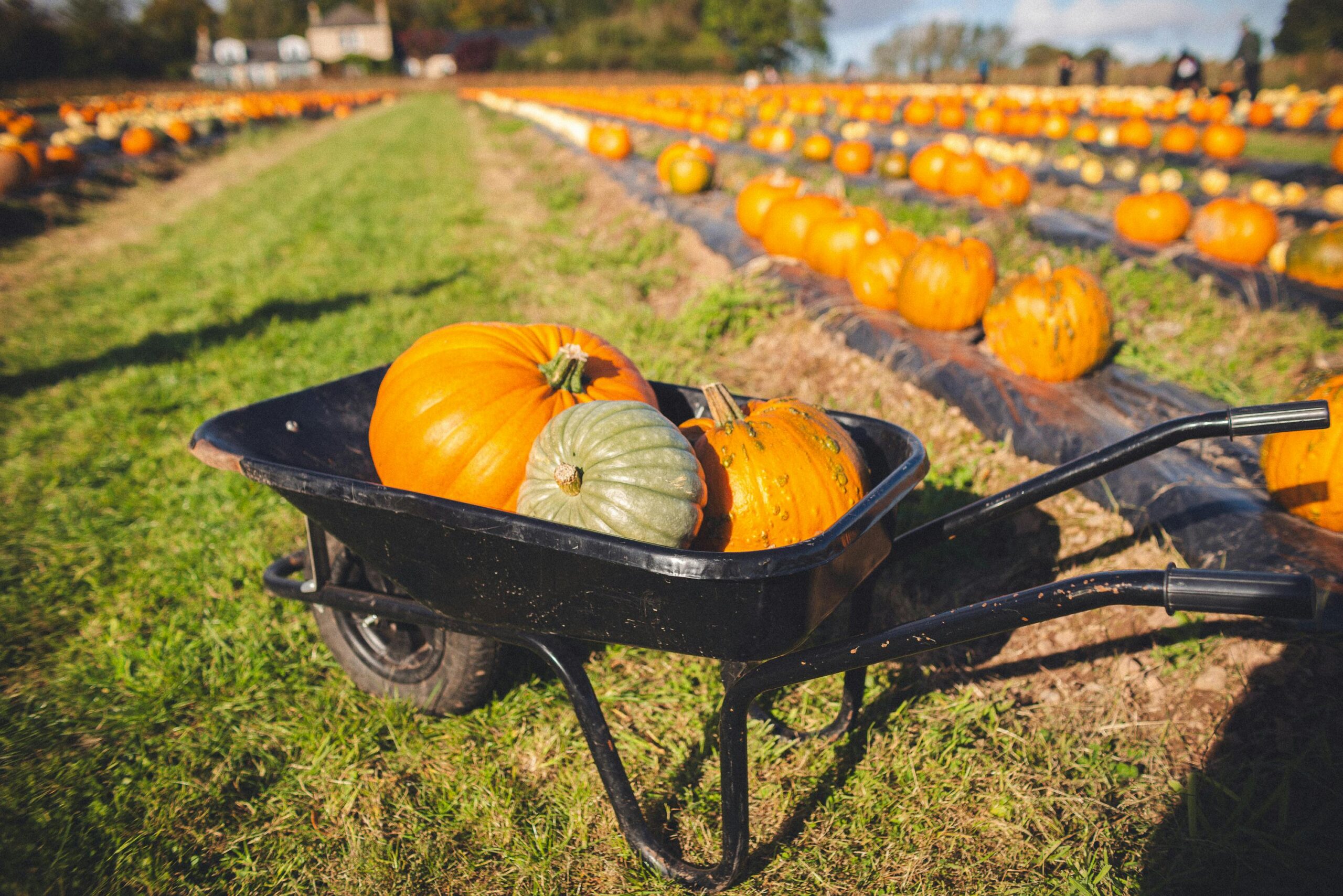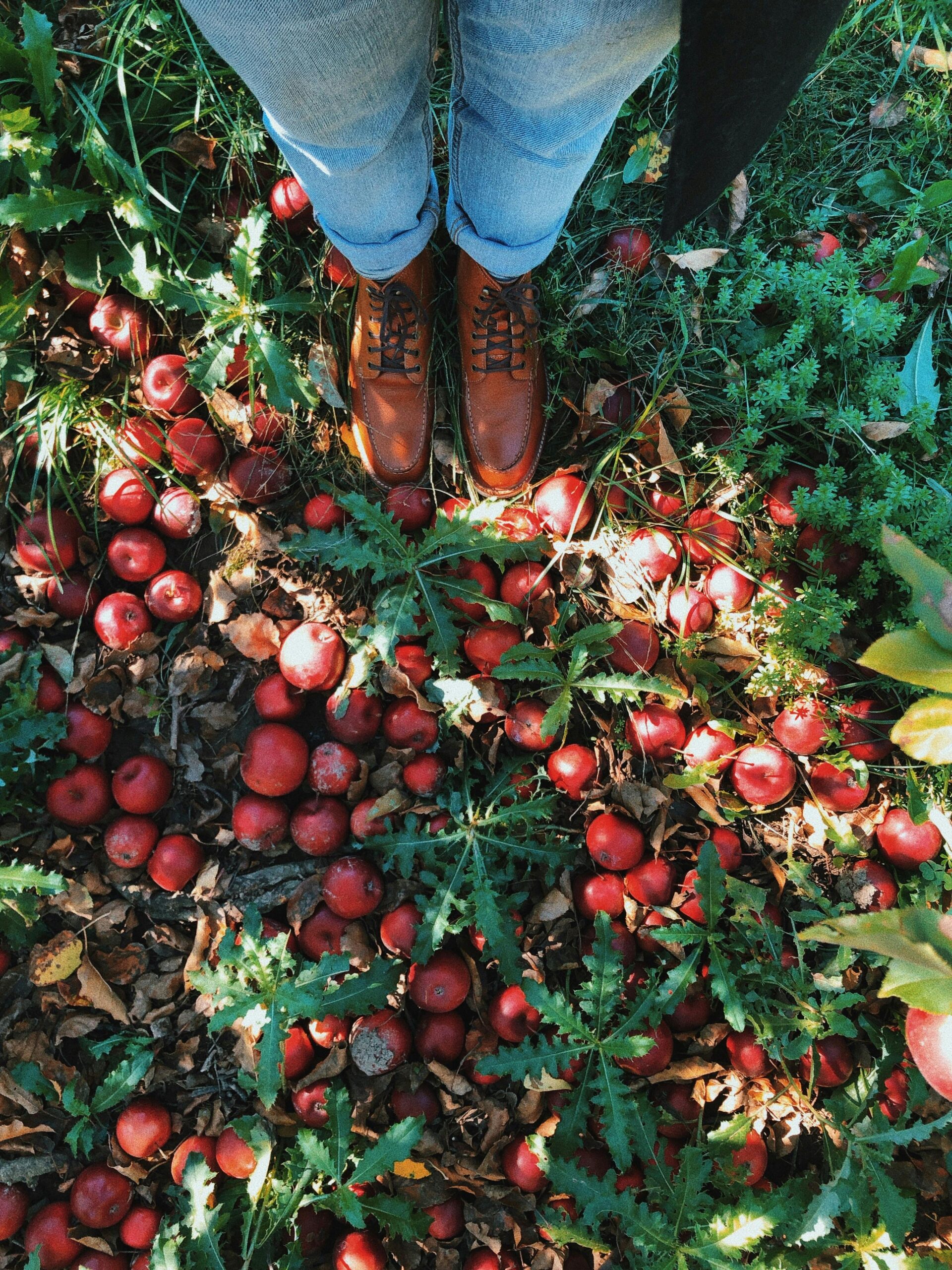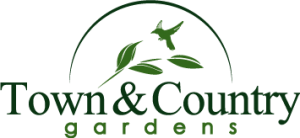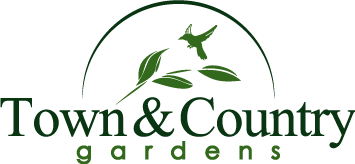End-of-Season Vegetable Harvesting Tips:
Preserve Freshness and Protect Your Garden
End-of-Season Vegetable Harvesting Tips:
Preserve Freshness and Protect Your Garden
Harvesting and storing vegetables properly can make all the difference in preserving their flavor and freshness. To keep your vegetables at their best, aim to harvest them in the morning when they’re crisp and full of moisture. Clean them as soon as possible and refrigerate them to lock in that freshness—except for tomatoes. For the best flavor, store tomatoes at room temperature rather than in the fridge, where the cold can dull their taste and texture. After harvesting, consider visiting your local plant store for additional supplies or advice on maintaining both your vegetable garden and flowering perennials.
When it comes to specific vegetables, timing is crucial. Harvest corn when the husk is tight over the ear and the silks have dried to a dark brown. This indicates that the kernels are fully developed and ready to eat. For onions, once they’re mature, cut the tops off within an inch of the bulb. Let them dry in the sun for two days, then cure them for a couple of weeks in a shaded area like a porch or carport. Once fully dried, store the onions in mesh bags in a cool, dark, and frost-free place. If you need any additional gardening tools or advice, your local plant store can be a great resource.


As the growing season winds down, it’s essential to protect your plants from early frosts, especially tender ones like tomatoes. Keep frost blankets handy for those unexpected chilly nights. If you’re staking tomato plants, tie up new growth weekly and remove all suckers to focus the plant’s energy on ripening the existing fruit. Begin pruning any new growth and blossoms that won’t have time to mature before the first frost hits. If you’ve got any large trees or overhanging branches that could cause damage during a storm or early frost, it might be time to consider having those trees removed to protect your garden.
Finally, don’t forget to clear out spent vegetable plants from your garden. If these plants are free from disease and pests, they can be composted to enrich your soil for the next growing season, benefiting not just your vegetables but also your flowering perennials. However, if they show signs of infestation or illness, it’s best to dispose of them properly to prevent any potential spread of disease to your remaining crops and soil. By following these tips, you can extend your harvest and ensure your vegetables remain fresh and flavorful for as long as possible.
Harvesting and storing vegetables properly can make all the difference in preserving their flavor and freshness. To keep your vegetables at their best, aim to harvest them in the morning when they’re crisp and full of moisture. Clean them as soon as possible and refrigerate them to lock in that freshness—except for tomatoes. For the best flavor, store tomatoes at room temperature rather than in the fridge, where the cold can dull their taste and texture. After harvesting, consider visiting your local plant store for additional supplies or advice on maintaining both your vegetable garden and flowering perennials.
When it comes to specific vegetables, timing is crucial. Harvest corn when the husk is tight over the ear and the silks have dried to a dark brown. This indicates that the kernels are fully developed and ready to eat. For onions, once they’re mature, cut the tops off within an inch of the bulb. Let them dry in the sun for two days, then cure them for a couple of weeks in a shaded area like a porch or carport. Once fully dried, store the onions in mesh bags in a cool, dark, and frost-free place. If you need any additional gardening tools or advice, your local plant store can be a great resource.

As the growing season winds down, it’s essential to protect your plants from early frosts, especially tender ones like tomatoes. Keep frost blankets handy for those unexpected chilly nights. If you’re staking tomato plants, tie up new growth weekly and remove all suckers to focus the plant’s energy on ripening the existing fruit. Begin pruning any new growth and blossoms that won’t have time to mature before the first frost hits. If you’ve got any large trees or overhanging branches that could cause damage during a storm or early frost, it might be time to consider having those trees removed to protect your garden.
Finally, don’t forget to clear out spent vegetable plants from your garden. If these plants are free from disease and pests, they can be composted to enrich your soil for the next growing season, benefiting not just your vegetables but also your flowering perennials. However, if they show signs of infestation or illness, it’s best to dispose of them properly to prevent any potential spread of disease to your remaining crops and soil. By following these tips, you can extend your harvest and ensure your vegetables remain fresh and flavorful for as long as possible.



